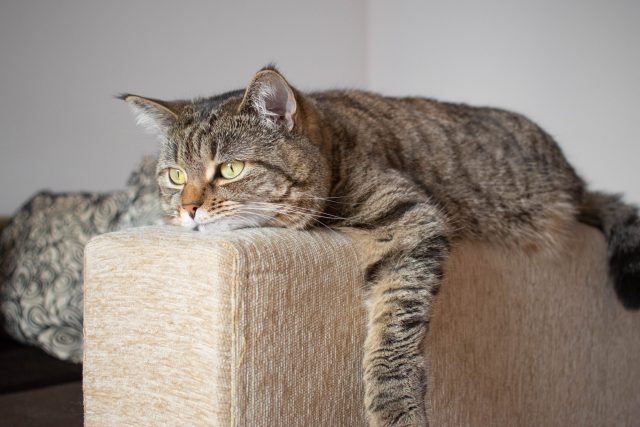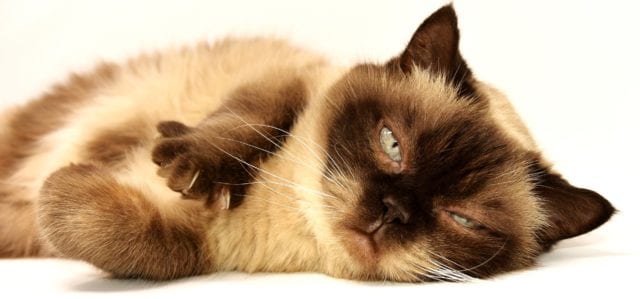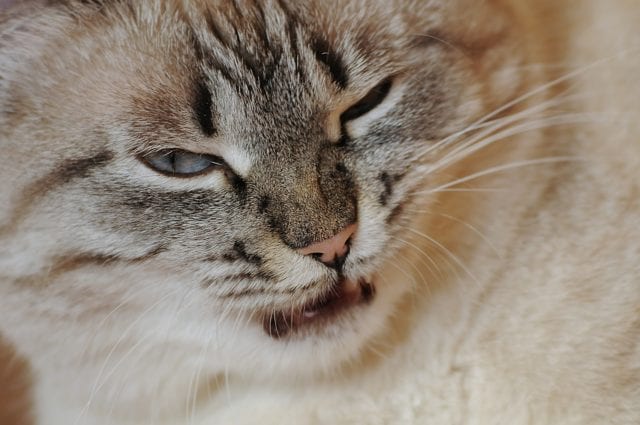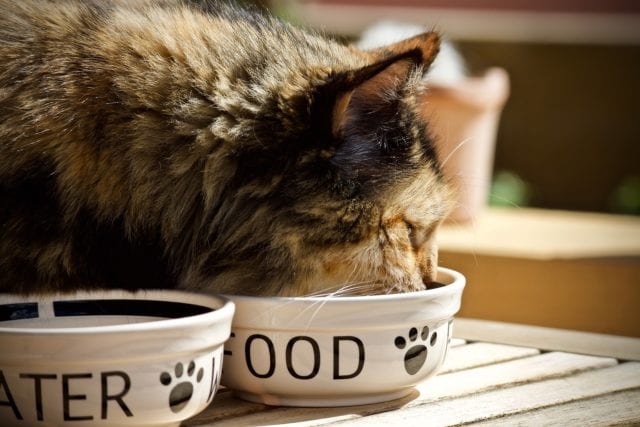An unhappy cat may not always make their feelings obvious, but there are subtle signs that can alert a caring cat owner to their pet’s distress. Changes in habits, such as eating, grooming, social interaction, and vocalization, are key indicators of a cat’s emotional state. Addressing these signs is crucial not only for the health and happiness of your cat but also for strengthening the bond between you, fostering a nurturing and contented relationship.
Cats, like humans, express a range of emotions, from the clear contentment of a purring cat in your lap to the unmistakable anger of a hissing one. However, assessing your cat’s overall mood requires a bit more insight. Cats and humans may not communicate in the same language, but there are tell-tale signs that your cat might be experiencing unhappiness.

The Ways Cats Tell You They’re Unhappy
#1. Lazier than Usual
Cats typically enjoy their sleep, often resting for 12 to 16 hours a day. But a cat that shows little interest in activities while awake, ignoring toys and exploration, may be expressing discontent or boredom. This lack of activity can lead to health issues over time. Encouraging play with climbing structures, scratching posts, and varied toys can help stimulate your cat and promote a healthier lifestyle.
#2. Singing Sad Love Songs
Cats use vocalizations to communicate, and a change in this behavior, such as more frequent or mournful meowing, can indicate displeasure or a desire for more attention. Always consider a veterinary check to rule out any underlying health issues if there is a significant change in vocal behavior. checked by your veterinarian.”
If your cat has a clean bill of health, it might just mean your kitty really wants some extra time with you. Those impressive vocal acrobatics may be a demand for more attention. After all, they do love us as we love them. Next time your cat gets loud, give him some snuggles. Love and affection are often the strongest tools in helping an unhappy cat.
#3. Straight-Up Hostile Behavior
A shift from affectionate to aggressive behavior is a clear signal something is not right with your cat. This aggression can be a sign of fear, pain, or distress. Immediate veterinary attention is recommended to address any potential health issues.
#4. Food Picky Pants or Suddenly Chubby
A sudden loss of interest in food or, conversely, overeating can signal unhappiness or health issues in cats. Dental problems, boredom with their food, or underlying health conditions could be the cause. Always ensure fresh water is available, and consider a water fountain to encourage drinking.
#5. Too Much or Too Little Grooming
Over-grooming or neglect of grooming are signs that a cat may be stressed or unwell. Excessive grooming can lead to bald patches and skin irritation, whereas a lack of grooming might indicate depression or illness.
#6. Litter Pan Disasters
Cats showing a sudden aversion to using their litter box and choosing instead to eliminate elsewhere are often signaling discomfort or dissatisfaction with their environment. This can be due to a variety of reasons, including the cleanliness of the box, its location, or a preference for a different type of litter.
RELATED: 25 Cat Litter Box Questions: Find Answers To Your Queries About The Potty Pan
If trying a new cat litter and revisiting litter pan setups don’t revive your cat’s bad mood, then make an appointment with the vet.
#7. Withdrawal and Isolation
An increase in hiding or avoidance behavior, especially from family members or in previously enjoyed activities, can be a sign of unhappiness or illness in cats. Continuous withdrawal from interaction indicates it’s time to closely examine your cat’s environment and health.
Understanding and responding to these signs can significantly impact your cat’s quality of life. It’s essential to maintain a keen eye on your cat’s behavior and seek veterinary advice when necessary to ensure your feline friend remains happy and healthy.




